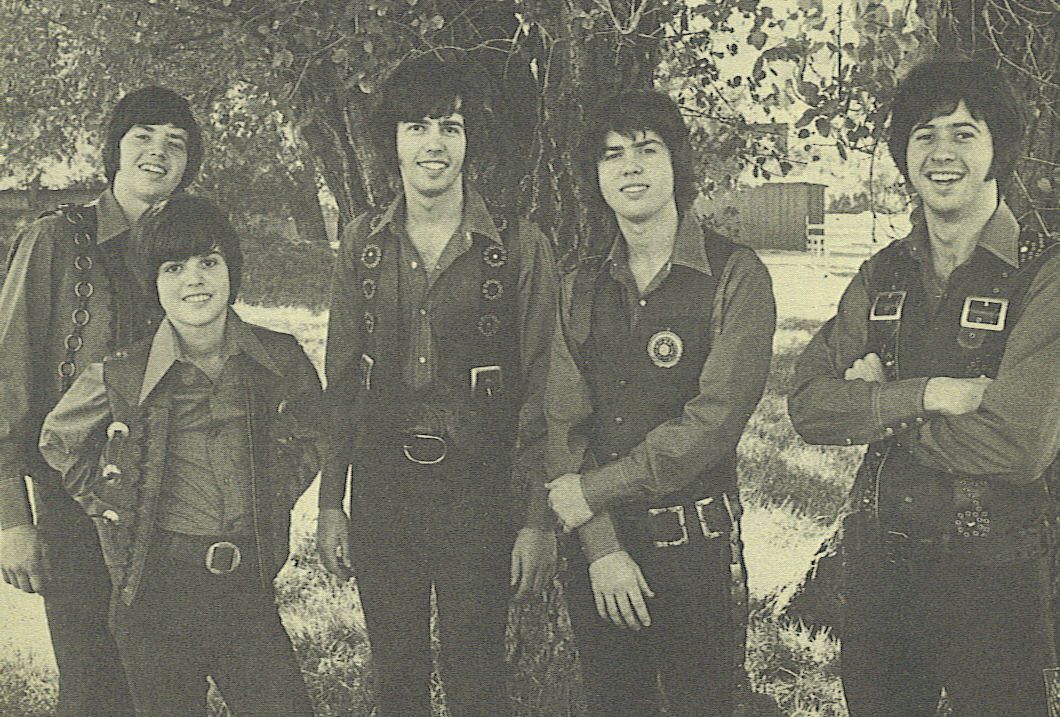
The Osmonds – “I Can’t Live a Dream”: A Smooth Pop Gem from the 1970s
By the mid-1970s, The Osmonds had evolved from their bubblegum pop roots into a more polished and mature sound, blending elements of soft rock, pop, and soul. One of the standout tracks from this era was “I Can’t Live a Dream,” a heartfelt and melodic song that showcased the group’s signature harmonies and emotional delivery. Released in 1976, the track was part of their album “Brainstorm” and reached No. 46 on the Billboard Hot 100. Though it didn’t become one of their biggest hits, it remains a favorite among longtime fans who appreciate the group’s later, more sophisticated sound.
Musically, “I Can’t Live a Dream” is a smooth, mid-tempo pop ballad that perfectly encapsulates the romantic and sentimental essence of the 1970s soft rock scene. The song features gentle guitar strumming, a steady rhythm, and lush vocal harmonies, creating an atmosphere of melancholy and longing. The lyrics tell the story of someone struggling to hold on to a love that feels increasingly distant, expressing the pain of unfulfilled hopes and fading dreams.
One of the highlights of the song is the soaring chorus, where The Osmonds’ signature harmonies shine, bringing a rich, layered sound that makes the track both poignant and memorable. While the lead vocals are delivered with tenderness and sincerity, the backing vocals provide depth, emphasizing the song’s theme of emotional struggle and heartbreak.
During the mid-to-late ’70s, The Osmonds were experiencing a shift in popularity as music trends moved towards disco and harder rock sounds. Though they were no longer dominating the charts as they had earlier in the decade, their dedicated fan base ensured that songs like “I Can’t Live a Dream” remained beloved. The song’s bittersweet tone and introspective lyrics resonated with those who had grown up with the group and appreciated their transition into more mature themes.
Looking back, “I Can’t Live a Dream” stands as a testament to The Osmonds’ ability to adapt and evolve while staying true to their signature vocal-driven sound. It may not be their most famous song, but for those who love ’70s soft rock and heartfelt ballads, it remains a hidden gem worth revisiting.